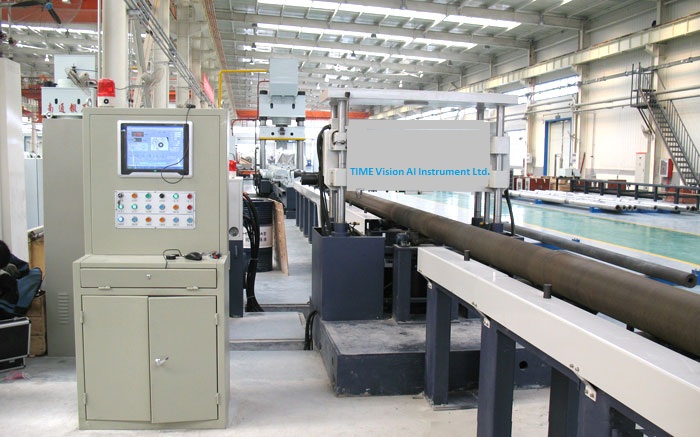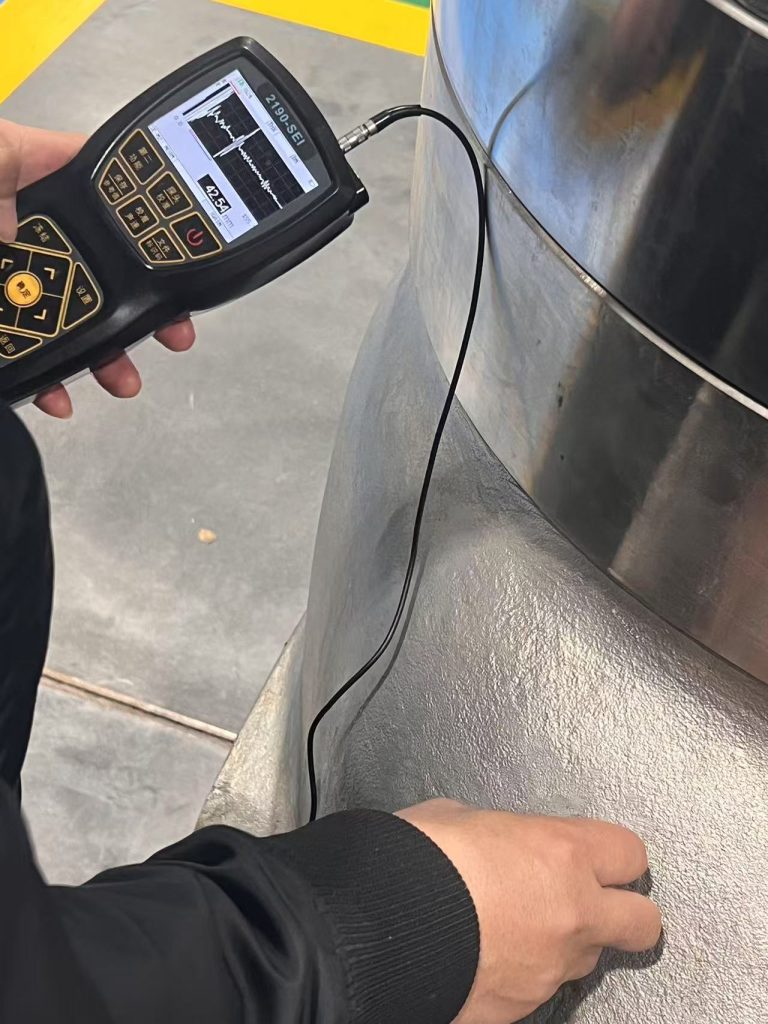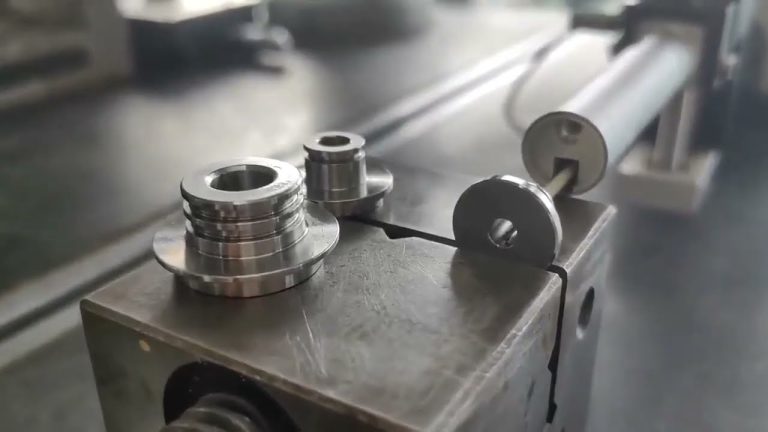Not all metallographic samples need to be mounted (also called mounting). Only when the sample is too small or has an irregular shape that makes grinding and polishing difficult, it needs to be mounted or clamped. This can make polishing of the sample more convenient. Improve work efficiency and experimental accuracy.

Generally speaking, the samples that need to be mounted are as follows:
1: Small mechanical parts, such as complex and extremely small specimens, or tiny electronic components.
2: Samples that need to protect the decarburization layer structure and depth measurement on the surface of the workpiece.
3: Samples for measuring the surface coating, coating layer structure and depth.There are three types of inlay: cold inlay, hot inlay and mechanical clamping.
Hot mounting: suitable for samples that do not deform under low temperature and low pressure.
Hot inlay material: At present, plastic is generally used as the inlay material. Inlay materials include thermosetting plastics (such as bakelite powder), thermoplastic plastics (such as polyvinyl chloride), condensing plastics (epoxy resin with curing agent), and medical dental tray powder plus dental tray water. Bakelite powder is opaque, comes in various colors, and is relatively hard. The sample is not easy to chamfer, but its corrosion resistance against strong acids and alkalis is relatively poor. PVC is translucent or transparent, has good acid and alkali corrosion resistance, but is soft.
The above two materials require a special mounting machine to be pressed and heated before they can be formed.
Cold mounting: Materials that are extremely sensitive to temperature and pressure, as well as samples with micro-cracks, should be cold mounted, which will not cause changes in the sample structure. Cold mounting can be used for large-scale simple specimen mounting, with short curing time, low shrinkage, strong adhesion, good edge and corner protection, and good wear resistance. Suitable for ultra-high-speed mounting in the microelectronics industry; vacuum impregnation of brittle materials, etc.
Cold mounting materials: generally include: epoxy resin, acrylic, polyester resin.
Epoxy resin: low shrinkage, long curing time; good edge protection, used for vacuum impregnation, suitable for porous materials.
Acrylic resin: yellow or white, short curing time, suitable for mounting large quantities of irregularly shaped samples; has good permeability to samples with cracks or pores; especially suitable for printed circuit board packaging.
Polyester resin: yellow, transparent, long curing time; suitable for large batches of non-porous sample preparation; long pot life.
Common methods of cold setting:
The low melting point alloy mounting method uses melted low melting point alloy solution to cast and mount into a suitable metallographic sample. Place the small sample to be mounted on a flat iron plate, cover the outside of the sample with a suitable metal ring or plastic ring, inject the low-melting point alloy into the ring and wait until it cools. The metallographic structure will not be affected when the low melting point alloy inlay method is used, because the melting point of the alloy is very low, but this method is difficult to polish and corrode.
The dental tray powder and dental tray water inlay method is easy to operate. At room temperature, add appropriate amount of dental tray powder to a paste (not too thin), place the small sample to be mounted on a flat piece of glass, and cover the outside of the sample with a suitable metal ring or plastic ring. Add an appropriate amount of dental tray water to the dental tray powder at room temperature to make a paste (not too thin), and quickly inject it into a metal ring or plastic ring and wait for 30 minutes to solidify. Currently, this method can completely replace the low-melting point alloy inlay method.
Mechanical clamping: Use screws to fix the sample to the steel plate, and the samples can be separated by steel plates. Mechanical clamping is suitable for cylinders with regular shapes, thin plate samples, etc. It is also suitable for samples that cannot be heated. Commonly used clamps include flat clamps, ring clamps and special clamps.







